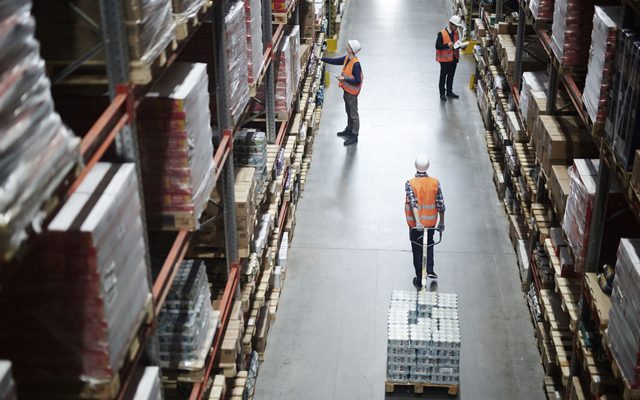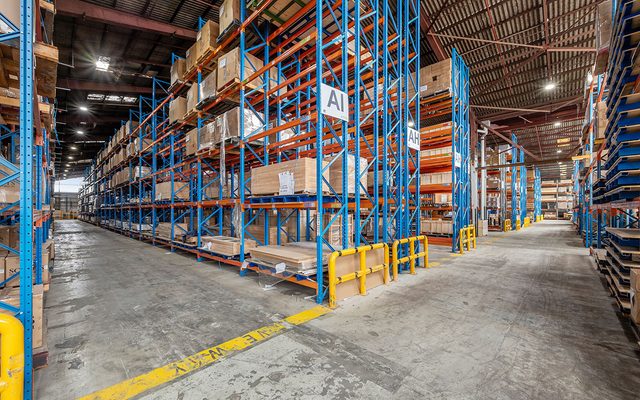This article is from the Australian Property Journal archive
RETAIL property vacancy rates have increased moderately and rental growth has stalled, but the weak fundamentals have not stifled investment activity, according to Jones Lang LaSalle.
JLL’s latest research reveals the average retail vacancy rate across all markets and retail formats rose from 3.2% in December 2011 to 3.5% in June 2012.
The national CBD retail vacancy rate rose to 5.0% in June from 3.9% in December 2011. All markets experienced an increase, except Brisbane which remained stable. The most significant increases were in Perth (10.8%, up from 9.6%) and Adelaide (4.9%, up from 3.3%).
The high vacancy rate in the Perth CBD is the result of new supply in recent years which resulted in an increase in backfill vacancy.
The average sub-regional vacancy rate was stable at 2.8% reflecting slight increases in Sydney, Melbourne and Perth, and moderate declines in South East Queensland and Adelaide.
The average neighbourhood vacancy rate increased to 5.0% in June, from 4.7% in December 2011. Again, the results were mixed among the states with South East Queensland (7.5%, down from 10.4%) and Melbourne (3.8%, down from 4.9%) the most significant movers.
JLL national retail analyst Andrew Quillfeldt said the moderate increase in the retail vacancy rate was broadly in line with expectations. Conditions remain very challenging for many discretionary retailers, particularly those in the apparel industry.
“We expect vacancy rates will remain stable through the second half of the year before declining in 2013 as the effect of lower interest rates begins to flow through to retail spending and tenant demand,” Quillfeldt said.
JLL’s head of retail Management Tony Doherty said the difference in performance between dominant centres within their trade area and the second tier centres has become even more significant this year.
“While the Q2 research shows rental growth has now stalled, on average across the country, shopping centres that are well managed and are actively adapting to changing consumer behaviour with innovative and creative solutions continued to record strong positive rental growth.
“However, we have seen the majority of the recent increase in vacancy concentrated in secondary centres, and this has resulted in some downward pressure on rents. Tenants continue to scrutinise their store networks carefully and in some cases are closing stores in underperforming centres.
“The retail sector is becoming even more competitive, not only for retailers, but landlords as well. This has led to an increase in refurbishment and extensions in order to enhance the retail offering each centre can provide,” he added.
However the weak fundamentals are not discouraging investors. JLL’s Australian head of retail Investments Simon Rooney said the first half of the year has seen an exceptionally high level of activity with $2.6 billion of transactions recorded — up 41% over the same period in 2011.
Rooney said he strength in retail investment activity reflects two key trends.
“Firstly, it represents investors’ exercising counter cyclical investment strategies to enter the historically stable retail sector at a time where yields remain attractive and values remain close to their trough for the current cycle.
“Many buyers are selectively targeting shopping centres with either growth opportunities, through either expansion or repositioning, or dominant centres which have held up well and outperformed through the slowdown in retail spending in recent years.
“Secondly, risk aversion in global capital markets has led to a strong premium quality focus by investors and this has been consistent with a lot of the recent transactional evidence, where by the majority of sales have been quality assets with strong retail fundamentals and future growth profiles,” he continued.
Meanwhile yield ranges have widened across some markets and retail formats.
Yields have softened at the lower end of the range for regional centres in Adelaide from 6.00% – 7.00% to 6.00% ‑ 7.25%, whilst regional centre in Perth tightened by 25 basis points at both the upper and lower end of the range to 6.00% – 6.25%.
In the sub-regional sub-sector, yields in Adelaide softened 50 bps at the lower end of the range from 7.50% – 9.00% to 7.50% – 9.50%. Similarly Perth sub-regional yields tightened from 7.00% – 8.75% to 6.75% – 8.75%.
In the neighbourhood sub-sector, Sydney was the only market to show any change. Yields softened 25 bps at the lower end of the range from 7.25% ‑ 10.00% to 7.25% – 10.25%.
Property Review



